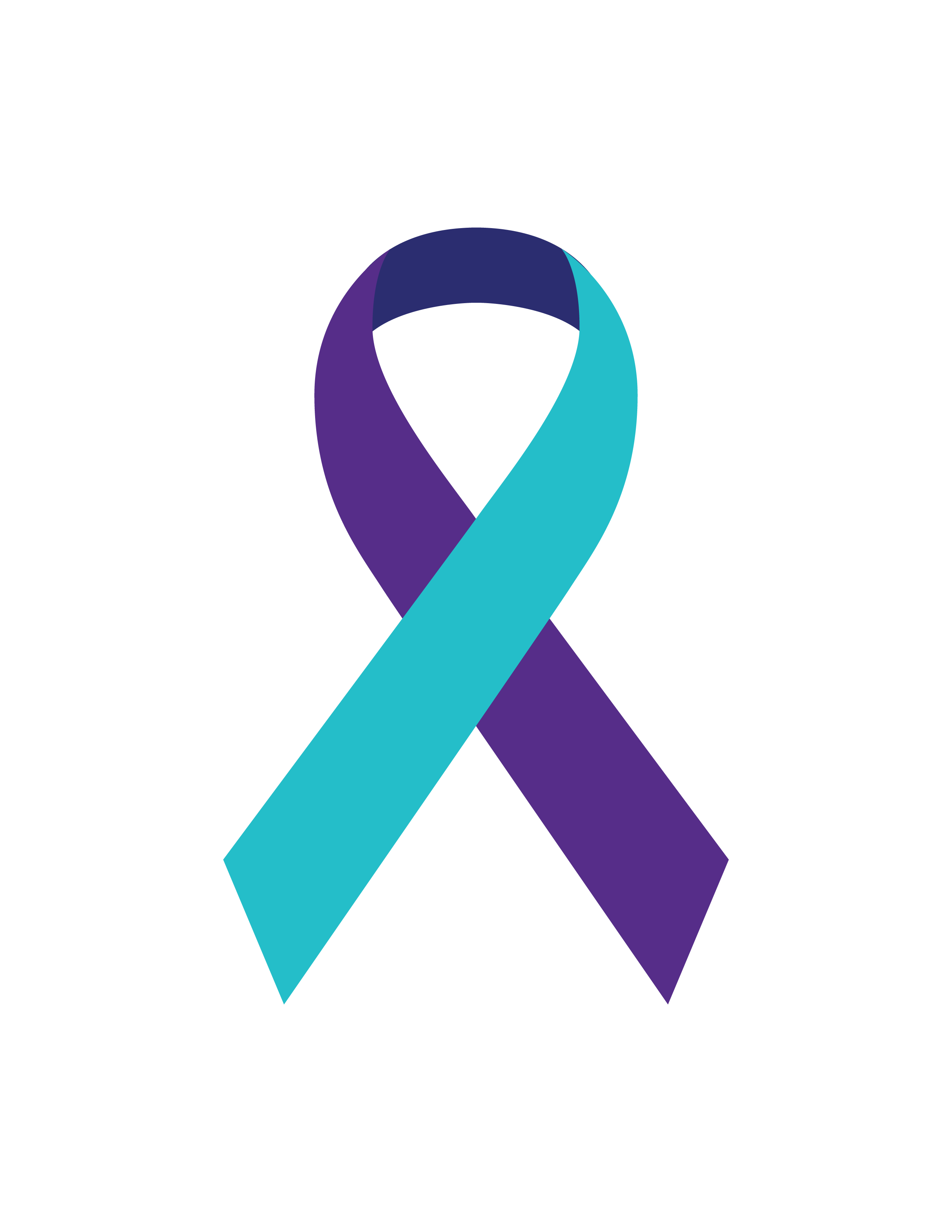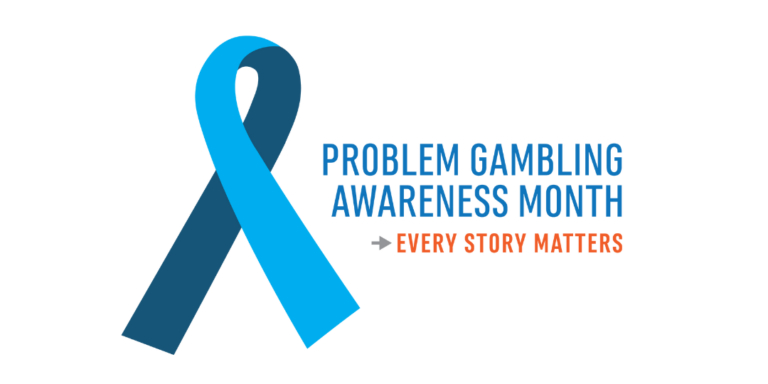Latest Posts:
 As parents, we strive to protect our children from harm, but the challenges facing today’s youth are complex and multifaceted. Studies show a troubling link between substance use and mental health issues, which can have profound and lasting effects on young people’s lives. Understanding this connection is crucial, especially as we observe Suicide Prevention Month this September.
As parents, we strive to protect our children from harm, but the challenges facing today’s youth are complex and multifaceted. Studies show a troubling link between substance use and mental health issues, which can have profound and lasting effects on young people’s lives. Understanding this connection is crucial, especially as we observe Suicide Prevention Month this September.
Continue Reading
Believe it or not, it’s almost time for the kids to head back to school. This month, while you’re shopping for supplies and easing back into routines, there’s one more thing that should be on every parent’s to-do list: brushing up on strategies to keep your kids away from drugs, alcohol, and tobacco in the coming school year.
Decades of research has shown that effectively keeping kids away from these substances requires an ongoing effort—simply participating in one prevention program at school, or having one conversation at home, is not enough. Consistency is key, but it’s also important that our strategies and messages are tailored for children’s age and life stage.
The transition into a new school year is a great time to consider the most feasible risks your child may face during this phase of life, to reinforce the importance of safety and healthy habits, and to reflect on what you can do to help them navigate the choices ahead. The following guide can help you adapt these plans to best meet your child’s needs.
Continue Reading
For the tenth year in a row, e-cigarettes remain the tobacco product most commonly used by young people in the United States. Many vaping products are readily available to teens, and easily hidden from parents. So how can you tell if the youth vaping epidemic has already effected your home?
Two years ago, we detailed Six Signs Your Teen is Vaping, from a particular smell in your teen’s room to unfamiliar objects you may find around the house. Below, we’ll explore eight more warning signs that parents should know.
Continue Reading
June is Pride Month: an opportunity to honor the place of LGBTQ+ people in our communities, and to celebrate love and equality. Yet this year’s celebrations come amid a wave of anti-LGBTQ legislation and surging numbers of hate crimes against LGBTQ people. Rather than erasing Pride Month, this backdrop of controversy underscores the need for its very existence.
Now more than ever, how we support LGBTQ youth is crucial to their safety and well-being. To mark the start of Pride Month, we’re taking a look at how this moment calls for authentic and effective allyship, better legislation, and much-needed systemic change.
Continue Reading
May is a powerful month for health awareness. Three important initiatives converge, each with the potential to make a lasting impact on the lives of young people: Mental Health Awareness Month, National Prevention Week (held the second week of May), and World No Tobacco Day (May 31st).
Continue Reading
As we transition into a new month and a new season, we also begin observing National Alcohol Awareness Month. Each year, April puts the focus on both the causes and the effects of alcohol use disorder, and on the most effective strategies for preventing substance use disorder before it begins.
In Connecticut as well as across the country, alcohol is the most commonly used of all substances, leading many to feel a false sense of security about its risks. But alcohol consumption can have catastrophic impacts on our health, our families, and the safety of our communities—and it’s time to talk about that.
Continue Reading
“I blew $500 dollars on one stupid game.” “I’m gambling on my phone before class and during the school day, even during the 2-minute walk to my next class.” “I’ve borrowed money from friends, family, everyone. There’s no one left who trusts me.” “I thought I hit rock bottom before—but this is definitely rock bottom now.”
 March is Problem Gambling Awareness Month, and this year’s theme is Every Story Matters—a reminder, says the National Council on Problem Gambling, that “every narrative, battle and triumph related to problem gambling is significant.” Bringing these accounts to light is no small undertaking, for even as online gambling continues to see explosive growth, we’re less likely to hear the stories or see representation of those who struggle with it. Because problem gamblers exhibit no outward symptoms and are often plagued by a deep sense of shame, this is often called “the silent addiction”—and for underage gamblers, who may fear legal repercussions, this silence is even more pronounced.
March is Problem Gambling Awareness Month, and this year’s theme is Every Story Matters—a reminder, says the National Council on Problem Gambling, that “every narrative, battle and triumph related to problem gambling is significant.” Bringing these accounts to light is no small undertaking, for even as online gambling continues to see explosive growth, we’re less likely to hear the stories or see representation of those who struggle with it. Because problem gamblers exhibit no outward symptoms and are often plagued by a deep sense of shame, this is often called “the silent addiction”—and for underage gamblers, who may fear legal repercussions, this silence is even more pronounced.
Continue Reading
 As parents, we strive to protect our children from harm, but the challenges facing today’s youth are complex and multifaceted. Studies show a troubling link between substance use and mental health issues, which can have profound and lasting effects on young people’s lives. Understanding this connection is crucial, especially as we observe Suicide Prevention Month this September.
As parents, we strive to protect our children from harm, but the challenges facing today’s youth are complex and multifaceted. Studies show a troubling link between substance use and mental health issues, which can have profound and lasting effects on young people’s lives. Understanding this connection is crucial, especially as we observe Suicide Prevention Month this September.


 March is Problem Gambling Awareness Month, and this year’s theme is Every Story Matters—a reminder, says the National Council on Problem Gambling, that “every narrative, battle and triumph related to problem gambling is significant.” Bringing these accounts to light is no small undertaking, for even as online gambling continues to see explosive growth, we’re less likely to hear the stories or see representation of those who struggle with it. Because problem gamblers exhibit no outward symptoms and are often plagued by a deep sense of shame, this is often called “the silent addiction”—and for underage gamblers, who may fear legal repercussions, this silence is even more pronounced.
March is Problem Gambling Awareness Month, and this year’s theme is Every Story Matters—a reminder, says the National Council on Problem Gambling, that “every narrative, battle and triumph related to problem gambling is significant.” Bringing these accounts to light is no small undertaking, for even as online gambling continues to see explosive growth, we’re less likely to hear the stories or see representation of those who struggle with it. Because problem gamblers exhibit no outward symptoms and are often plagued by a deep sense of shame, this is often called “the silent addiction”—and for underage gamblers, who may fear legal repercussions, this silence is even more pronounced.